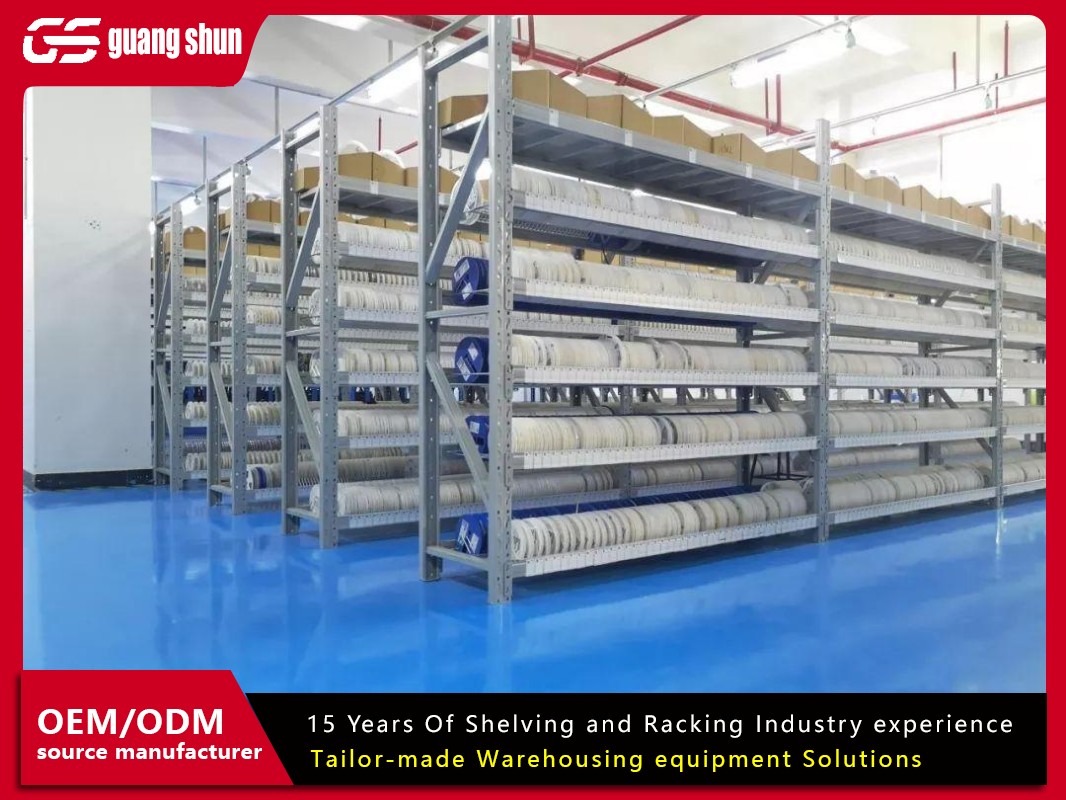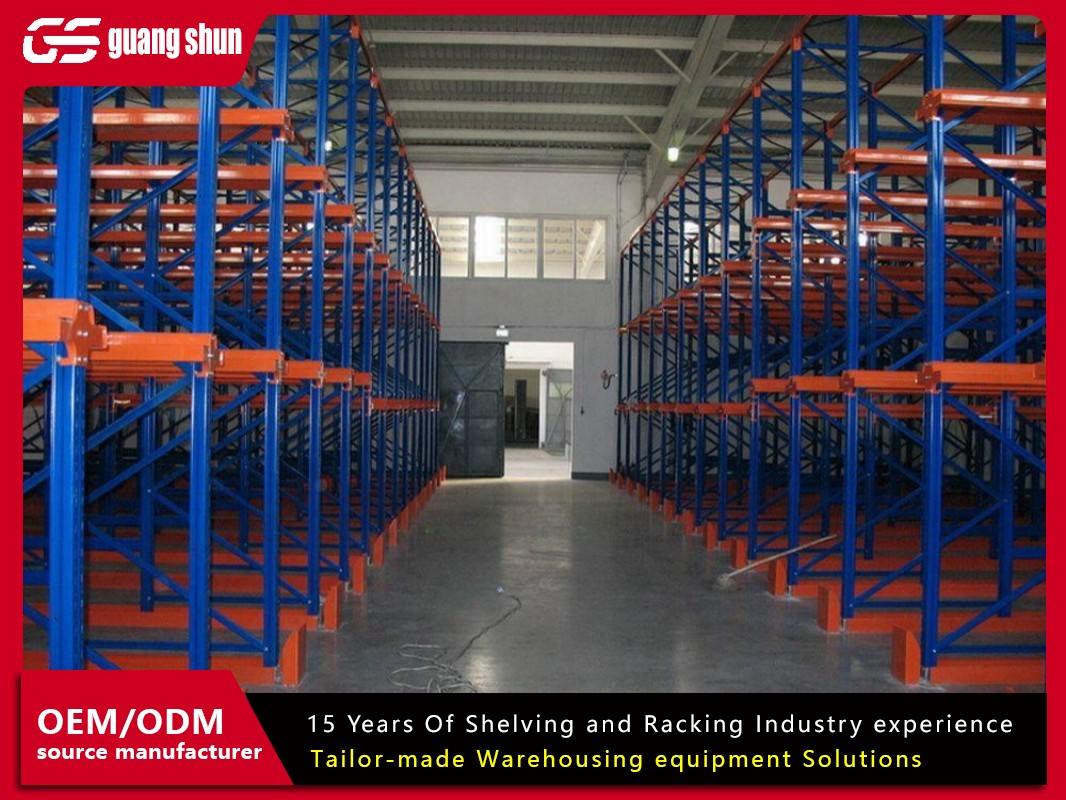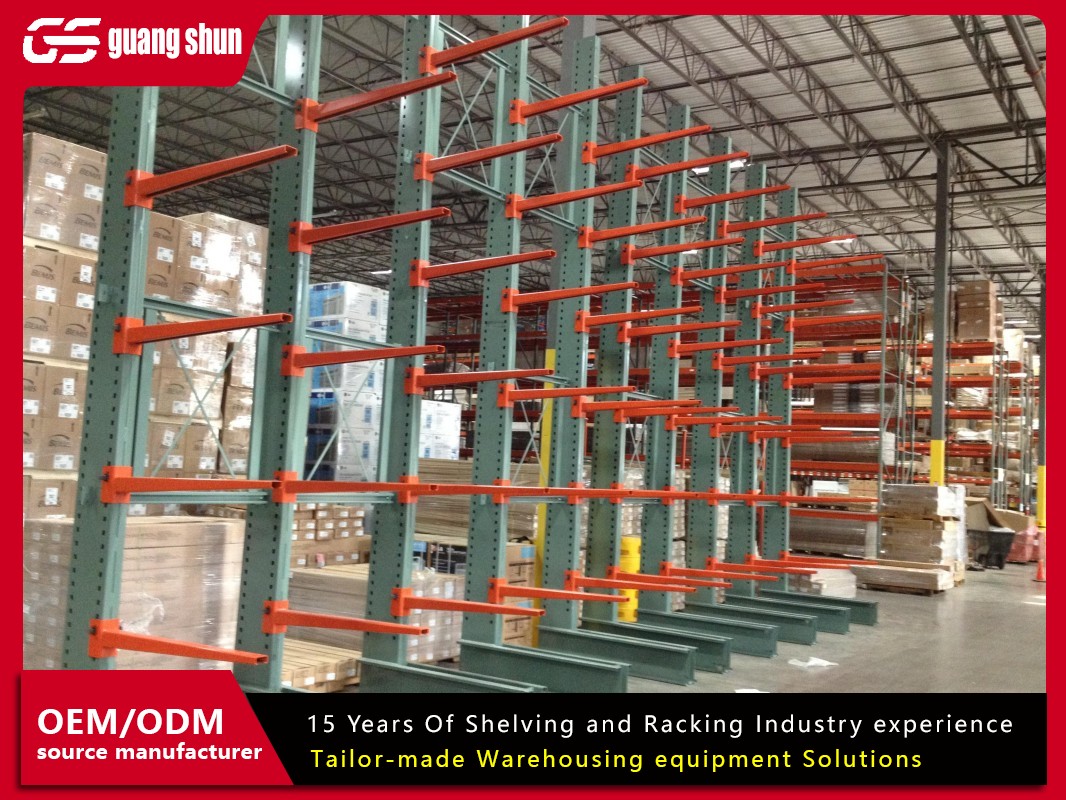In the relentless pursuit of warehouse optimization, space is the ultimate currency. Balancing the need for high-density storage with selectivity and quick access is a constant challenge for logistics managers. If you're exploring storage solutions that maximize your cube while maintaining solid throughput, Pushback Racking is a system you cannot afford to ignore. This dynamic storage method has become a cornerstone of modern warehouse design, offering a compelling middle ground between selective pallet racking and high-density drive-in systems.
This ultimate guide will delve deep into the world of pushback racking, explaining how it works, its numerous advantages, and the critical factors to consider before implementation. We will answer the most common questions to help you determine if this is the right solution for your operation.
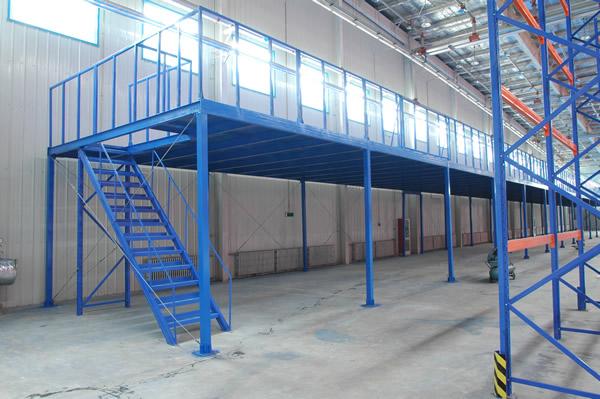
What is Pushback Racking? Understanding the Core Concept
Pushback Racking is a high-density, last-in, first-out (LIFO) storage system designed to store multiple pallets deep on either side of an aisle. Unlike traditional selective racking where each pallet has a dedicated bay, pushback racking utilizes a series of nested carts or carriages that ride on inclined rails within each bay.
The core principle is simple yet ingenious: when a pallet is loaded into the system, it is placed on a carriage. As the next pallet is loaded, it pushes the previous one back along the rails. This process continues, with each new pallet pushing the entire row back one position. During unloading, the reverse happens. Once the front pallet is removed, the pallet behind it automatically rolls forward to the pick face, gravity-fed by the inclined rails. This design typically allows for 2 to 5 pallets of depth per side, making it an ideal medium-density solution.
How Does a Pushback Racking System Actually Work?
To fully appreciate its efficiency, let's break down the loading and unloading process:
Loading (The "Push Back"): A forklift places the first pallet onto the carriage at the front of the rack. This carriage is at the lowest point on the inclined rail.
Adding Subsequent Pallets: The forklift places the second pallet onto the same carriage. The weight of the new pallet pushes the first carriage (with the first pallet) backward and up the incline. The carriage locks into place on the rail.
Continuing the Process: This action is repeated for each new pallet. Each carriage pushes the one behind it further back until the lane is full. The number of carriages corresponds to the lane's depth (e.g., a 4-deep lane has 3 carriages, holding 4 pallets).
Unloading (The "Roll Forward"): The forklift removes the front pallet. Once this weight is removed, the next carriage in line, now unrestrained, rolls forward due to gravity down the inclined rail. The pallet on that carriage is now presented at the pick face, ready for retrieval.
This elegant dance of gravity and mechanics eliminates the need for the forklift to enter the rack structure, speeding up both put-away and picking cycles.
The Key Advantages of Implementing Pushback Racking
Why are so many warehouses transitioning to pushback racking systems? The benefits are multifaceted:
Increased Storage Density: By storing pallets multiple deep, pushback racking significantly reduces the number of aisles required compared to selective racking. This means you can store more product in the same—or even less—floor space.
Excellent Selectivity with LIFO: While it operates on a Last-In, First-Out principle, it still offers good selectivity within each lane. Operators have immediate access to multiple SKUs at the pick face (one SKU per lane), which is a significant advantage over drive-in racking where only one SKU per bay is practical.
Improved Throughput and Productivity: The "flow-through" design means the next pallet is always presented at the aisle after a pick. The forklift driver never has to enter the racking to retrieve a load, reducing cycle times and increasing the number of moves per shift.
Enhanced Safety: The design minimizes the need for forklifts to enter the rack structure, reducing the risk of collisions with uprights and other damage. The systems are also engineered with safety stops and locks to prevent accidental rollout.
Versatility in SKU Management: It is perfectly suited for medium-to-slow-moving products, batch storage, or products with multiple SKUs that can be organized by lane. It's a common choice for beverage, food, and packaged goods industries.
Common Applications and Ideal Use Cases for Pushback Racking
Pushback racking is not a one-size-fits-all solution, but it excels in specific scenarios:
High-Volume, Medium-Velocity Products: Ideal for products where you have a high number of pallets per SKU but not necessarily the ultra-fast turnover that requires strict FIFO.
Cold Storage Facilities: The space savings from reduced aisles are incredibly valuable in expensive cold storage environments, where every cubic foot costs money to cool.
Batch or Lot Tracking: Effective for storing products that are produced or received in batches and can be shipped on a LIFO basis.
Warehouses with Space Constraints: Any facility looking to increase storage capacity without expanding its physical footprint is a prime candidate for pushback racking.
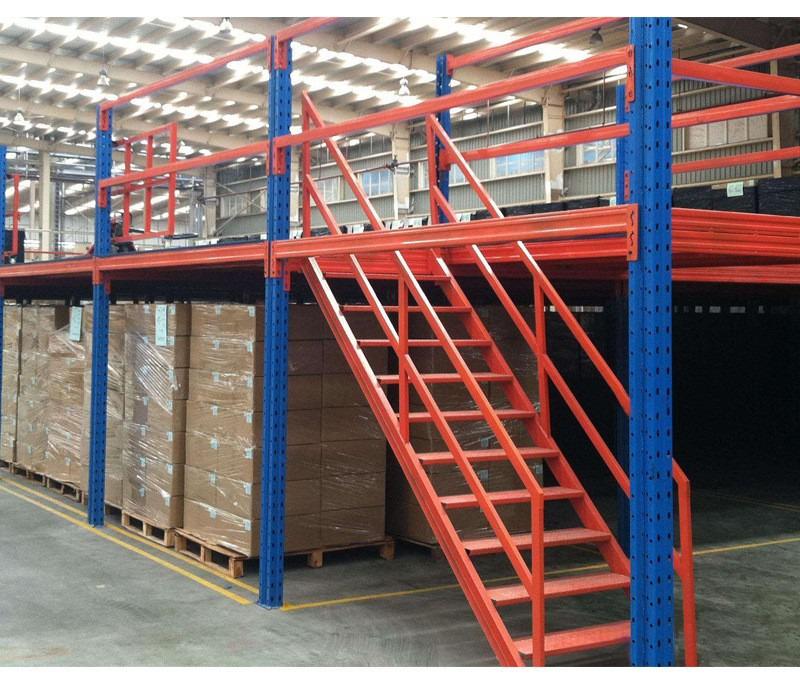
Pushback Racking vs. Other High-Density Systems
How does pushback racking stack up against the alternatives?
Vs. Selective Pallet Racking: Selective racking offers 100% selectivity and direct access to every pallet (FIFO or LIFO) but has the lowest storage density. Pushback racking sacrifices some selectivity for significant gains in density.
Vs. Drive-In/Drive-Through Racking: These systems offer even higher density but operate on a true LIFO (drive-in) or FIFO (drive-through) basis with very low selectivity. Forklifts must drive into the rack structure, which is slower and poses a higher risk of damage. Pushback racking offers a safer, faster alternative for operations needing more than one SKU per aisle.
Vs. Pallet Flow Racking: Pallet flow is a high-density FIFO system using roller conveyors and gravity. It's excellent for high-throughput, high-volume single-SKU lanes but is generally more expensive than pushback racking and less flexible for multiple SKUs.
Common Questions and Challenges with Pushback Racking
Before investing, it's crucial to understand the potential drawbacks and frequently asked questions.
1. Is the LIFO Inventory Method a Limitation?
Yes, this is the primary consideration. Pushback racking is inherently a LIFO system. If your products are perishable or have strict expiration dates requiring FIFO (First-In, First-Out), this system is not suitable. Pallet flow or drive-through racking would be better FIFO alternatives.
2. What is the Typical Cost of a Pushback Racking System?
Pushback racking is more expensive than traditional selective racking due to its complex components—the carriages, rails, and structural frames are engineered systems. Costs vary based on size, depth, and weight capacity. However, the ROI is often justified by the dramatic increase in storage capacity and operational efficiency, leading to a lower cost per pallet position.
3. Are There Any Special Forklift Operator Training Requirements?
While operators do not need to enter the rack, they do require specific training. Loading requires a smooth, straight approach to place the pallet correctly on the carriage without hitting the structural uprights. Operators must be trained on the system's weight limits and the importance of evenly distributed loads to prevent jams.
4. What Happens if a Lane Jams or a Component Breaks?
Like any mechanical system, components can wear or fail. A jammed lane can halt operations for that SKU. It is essential to work with a reputable supplier who can provide reliable components and readily available spare parts, such as replacement wheels or carriages. Regular preventative maintenance checks are recommended to ensure smooth operation.
5. How Do Weight and Load Specifications Compare to Other Systems?
Pushback racking has specific dynamic load capacities that must be adhered to. The system's capacity is determined by the weakest component, often the carriage wheels or the rail beams. It's crucial to provide your supplier with accurate pallet weight and dimension information. Overloading a lane is a serious safety hazard and will cause system failure.
6. Is Pushback Racking Compatible with My Existing Warehouse Layout?
Integration can be a challenge. Pushback racking typically requires greater clear ceiling height to accommodate the inclined rails and the storage of multiple pallets. It also requires a very level floor for the gravity system to function correctly. A professional site survey and design are mandatory.
Pushback racking presents a powerful solution for warehouses seeking to optimize their space without sacrificing all selectivity and throughput. Its intelligent gravity-fed design strikes a remarkable balance, offering high density, improved safety, and faster operational cycles.
The decision ultimately hinges on your inventory profile. If you manage medium-velocity products that can be handled on a LIFO basis and are feeling the pinch of space constraints, implementing a pushback racking system could be the transformative upgrade your warehouse needs. Always consult with a qualified storage solutions expert to conduct a thorough analysis of your inventory, workflow, and facility to ensure a successful implementation.



